
The Fairbanks-Morse Train Master is one of the most popular locomotives of all time in toy traindom. This hulking engine, introduced to the model world in 1954 by Lionel, is right up there with the F3 and GP7/9 as one of the best-loved and most-produced diesels in the hobby. Multiple companies make or have made […]
Read More…
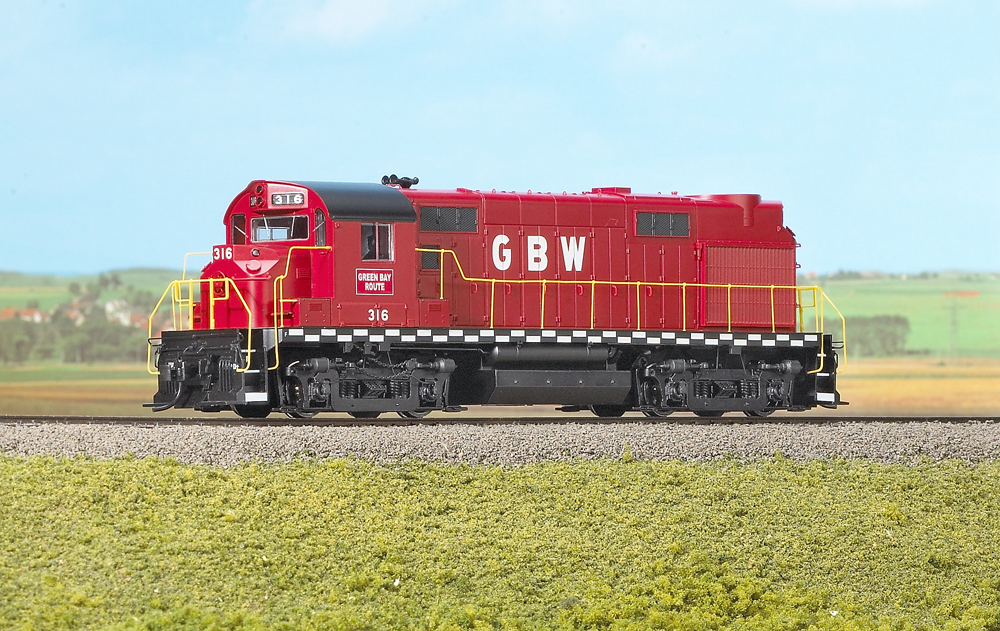
Classic Trains’ series “Diesels that didn’t” explores diesel locomotives that didn’t make it to large-scale production due to a variety of factors. However, some of those diesels made it to mass-production in the scale model world. Let’s take a look at the products offered to those modeling the diesels that didn’t. Electro-Motive Division BL2 HO […]
Read More…
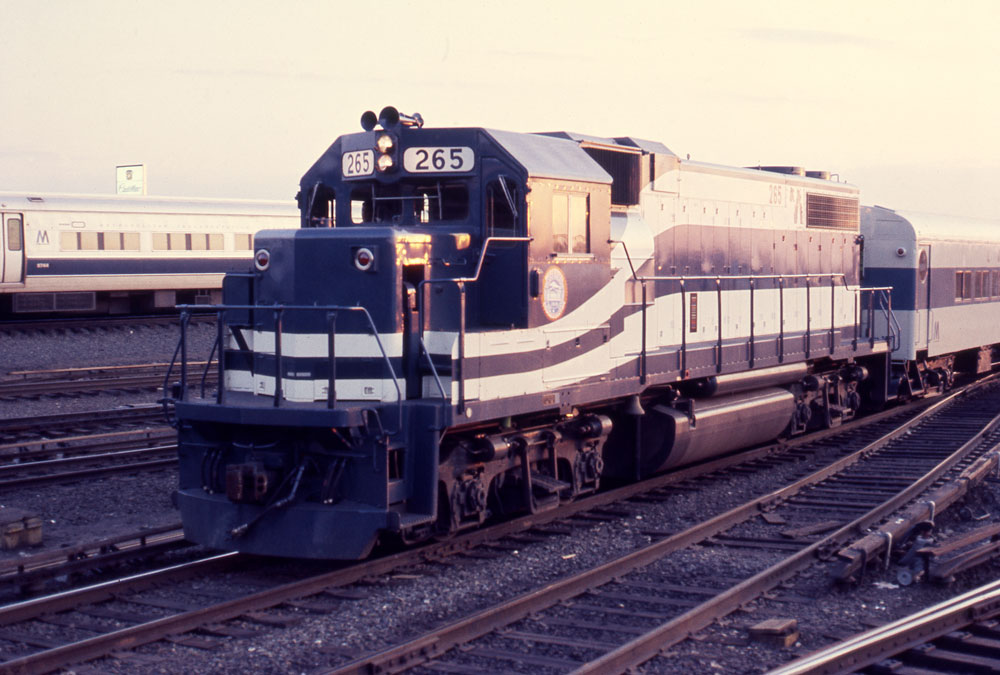
Freight locomotives in passenger service were the exception to the rules. They required passenger cars that were self-contained, the use of separate head-end power generator cars, or some understanding passengers. However, they often offered the best value for the railroads using them who may not have wanted to invest scarce capital in dedicated passenger power […]
Read More…
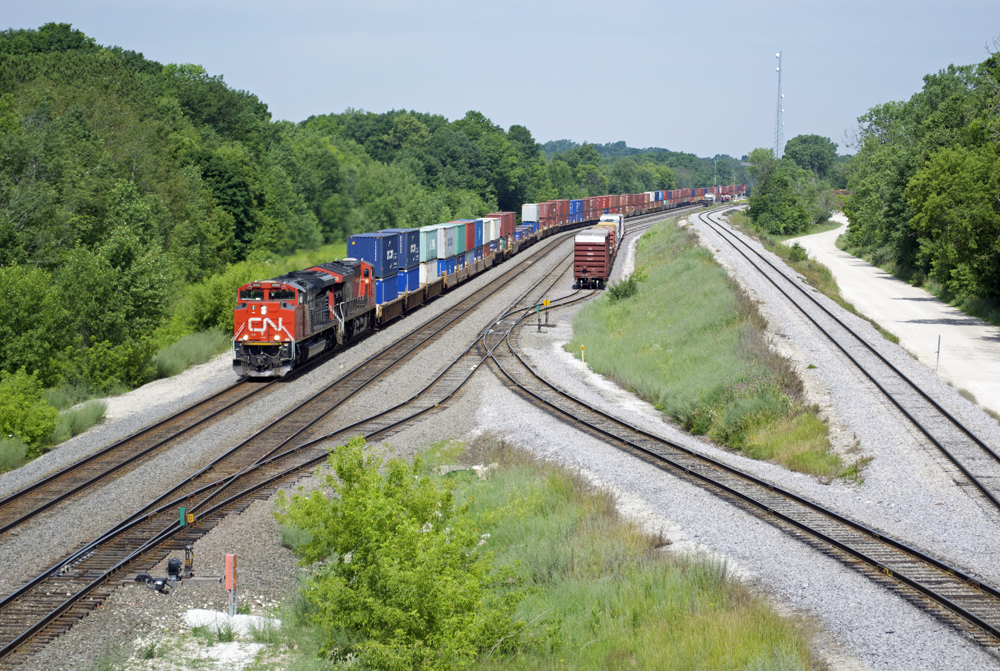
On our layouts, ballast is strictly a scenic element. We use the material, whether it’s crushed real rocks, dyed walnut shells, or other material, to simulate the rocks used on full-size railroads. But prototype ballast is far from cosmetic. Among the uses for ballast on the prototype are to prevent track from shifting up and […]
Read More…
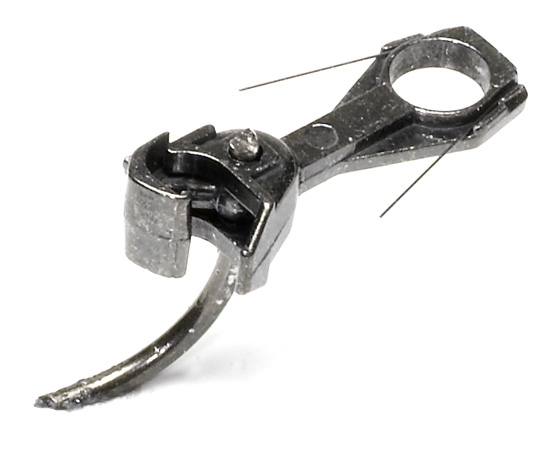
Although small, couplers play a big role in smooth, reliable operation. If couplers function properly and are installed per the manufacturer’s instructions, you should have few, if any, problems. In this guide to HO scale couplers, we’ll explore some of the different offerings on the market today. The evolution of HO scale couplers When […]
Read More…
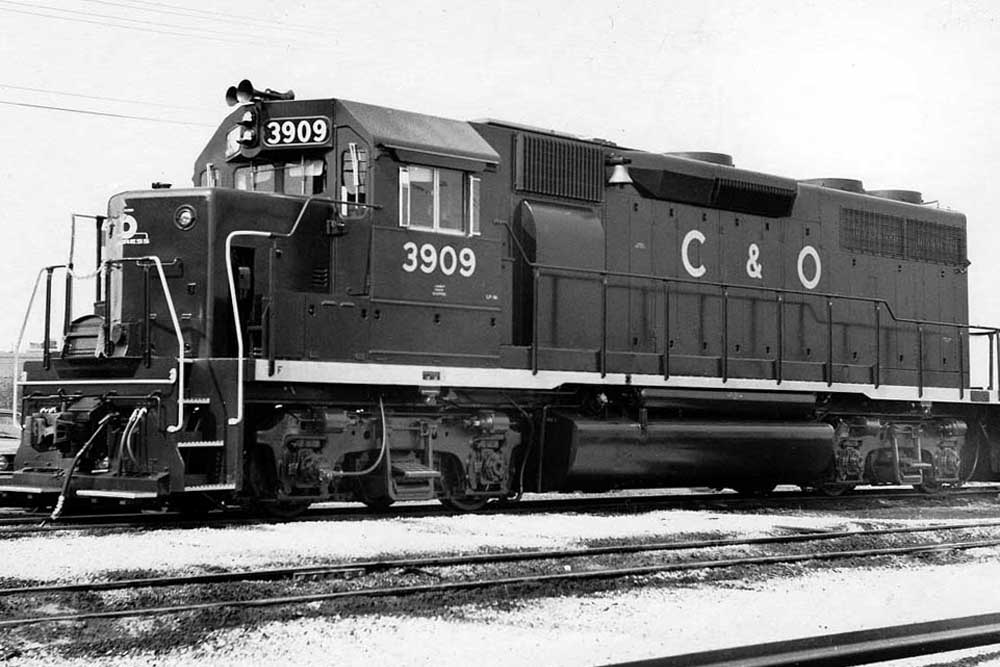
The Electro-Motive Division GP39 diesel locomotive was a 12-cylinder, turbocharged unit without a market. EMD rarely missed when the company introduced a new model, but the announcement of the GP39 turned out to be a sales dud. The few buyers who did take the plunge and roster the locomotive found that, in the right assignment, […]
Read More…
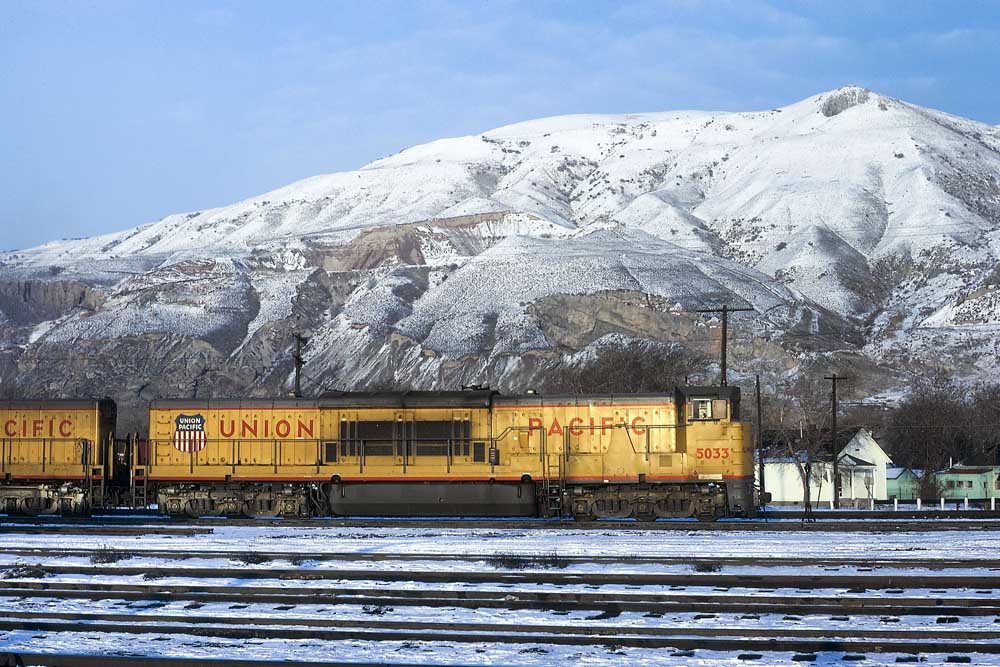
Union Pacific’s General Electric U50C locomotives were the last double-diesel model to join the roster, beginning in late 1969. They were, however, the least successful of the three production models the railroad acquired. GE built 40 U50C locomotives for UP between September 1969 and January 1971. (Their production dates largely mirrored those of […]
Read More…
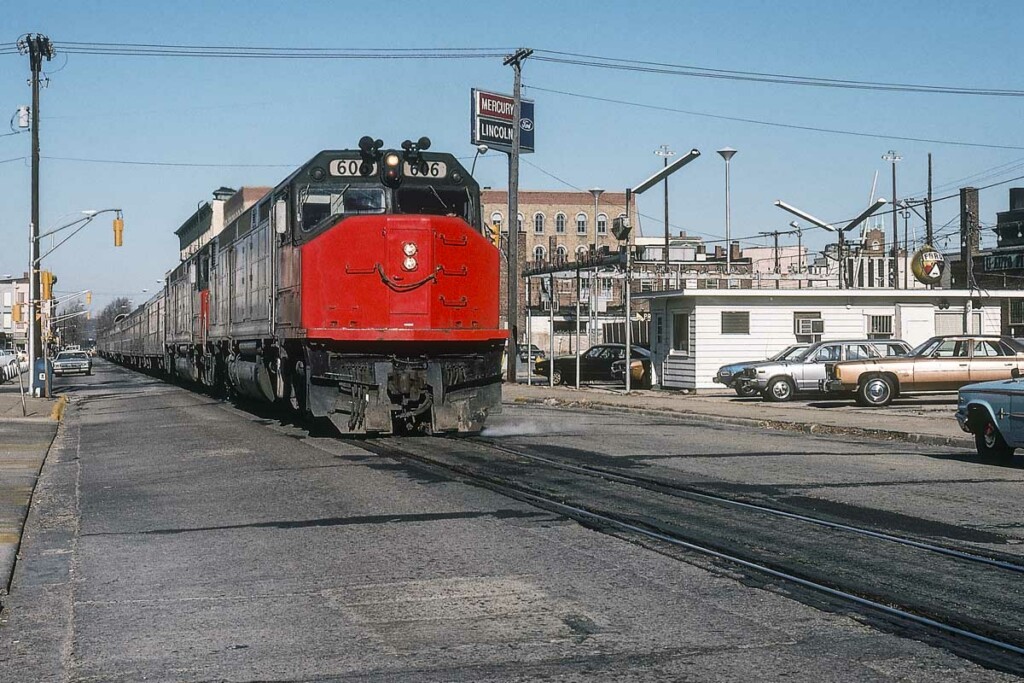
Amtrak Floridian service provided direct service between Florida and the Midwest for almost a decade. The train was first known as the South Wind, a name inherited from predecessors Pennsylvania Railroad, Louisville & Nashville, and Seaboard Coast Line. With the issuance of Amtrak’s first in-house timetable on Nov. 14, 1971, the name was changed to […]
Read More…
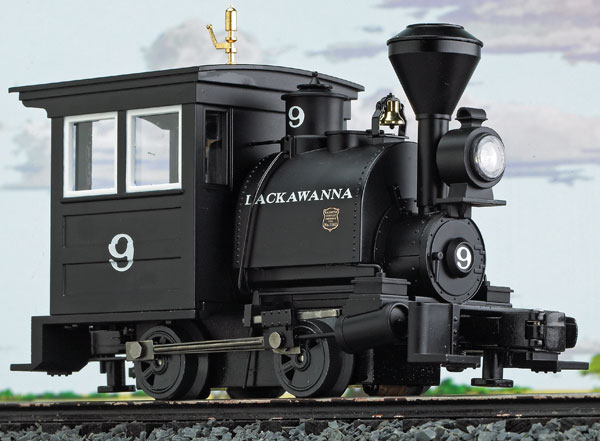
Here are 5 small toy train engines in O and S gauges from several eras. This isn’t an all-inclusive list, but rather a way to call attention to these often overlooked little workhorses. Many of us have layouts that are under 100 square feet. It’s nice to have engines available that look great pulling trains […]
Read More…
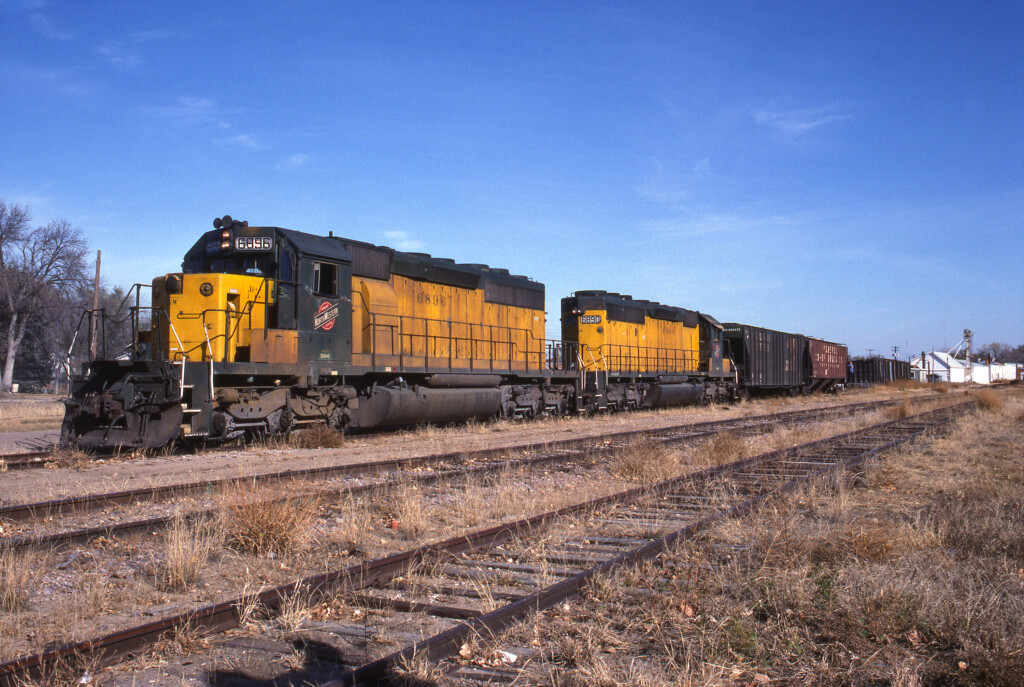
In 1981, I was a locomotive engineer for the Chicago & North Western Railway based out of Council Bluffs, Iowa, and operating an interdivisional run to Sioux City, Iowa. I made this run many times, but one trip taught me a lesson about troubleshooting a diesel locomotive — and about railroading. Most of the trains […]
Read More…
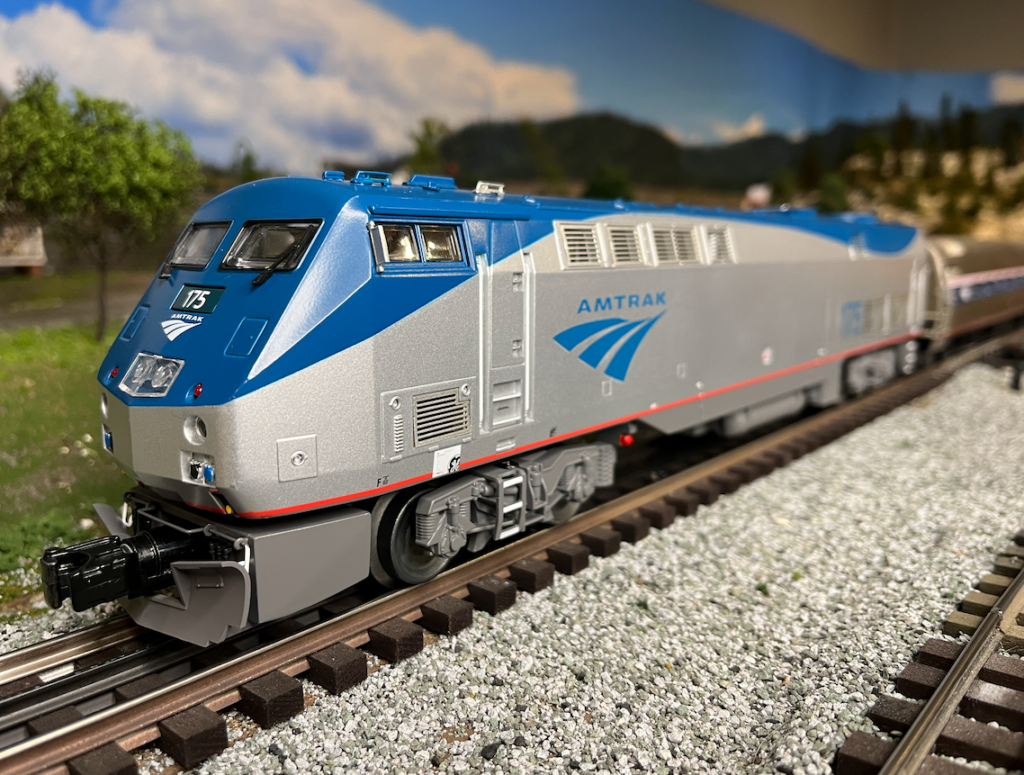
The latest Premier locomotive from Atlas has hit the shelves! The P42 Genesis locomotive was developed from a previous MTH tooling that Atlas O acquired during the MTH tooling sale three or so years ago. This O gauge Premier line model sports some great Amtrak paint schemes The P42 was expected to be announced in […]
Read More…
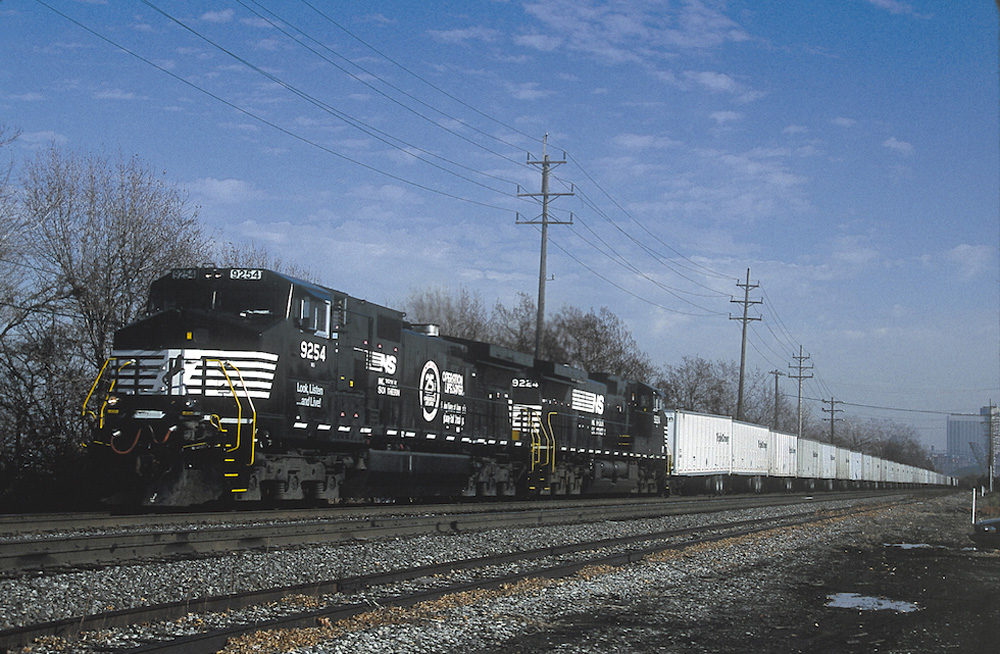
Did you ever wonder how a railroad goes about building a train schedule? It’s more complex than you may think. Train schedules have intrigued me since my father returned from a 1966 business trip with a present of current public timetables from 13 railroads. To 11-year-old me the timetables were like windows to a new […]
Read More…











